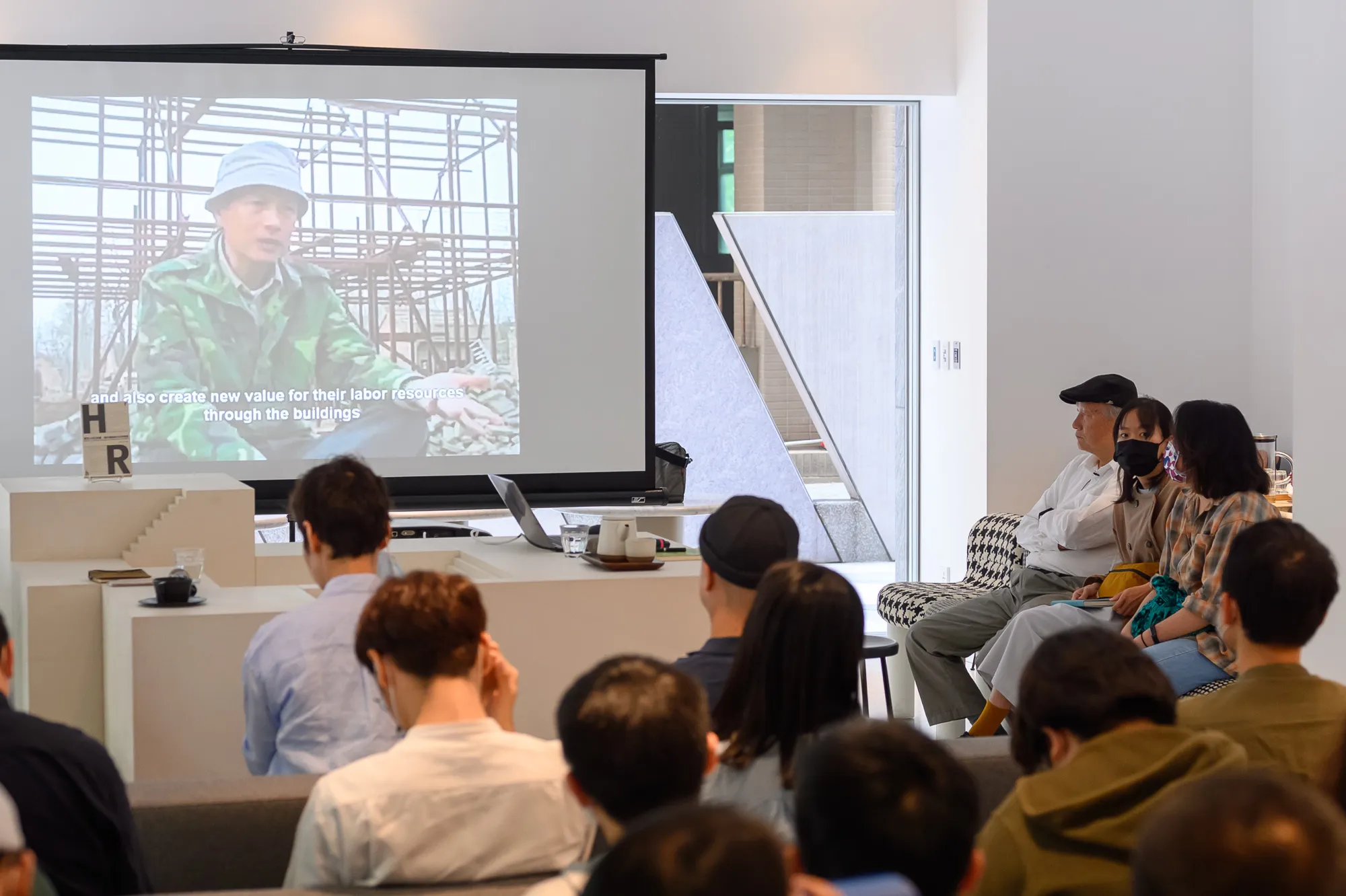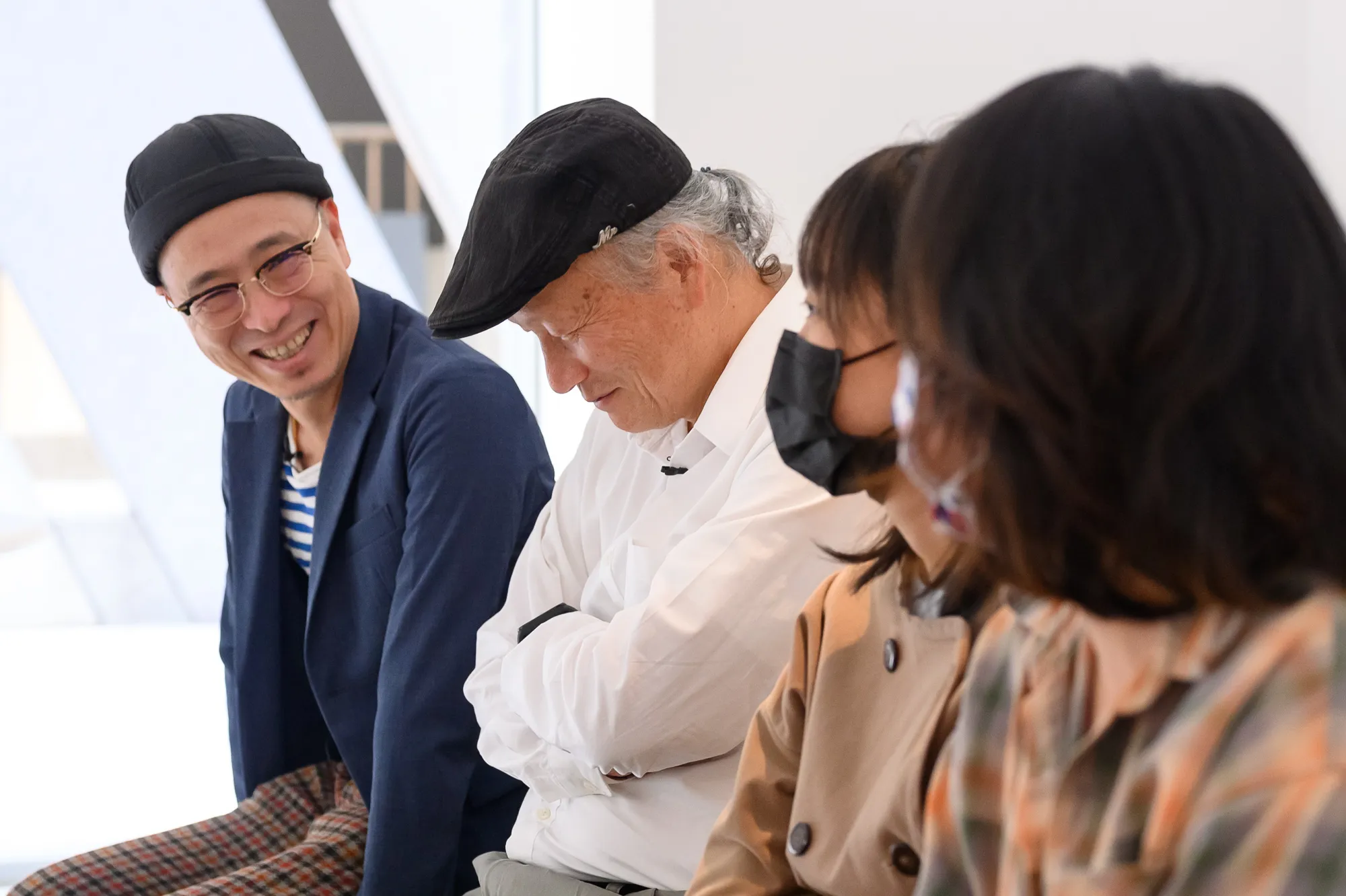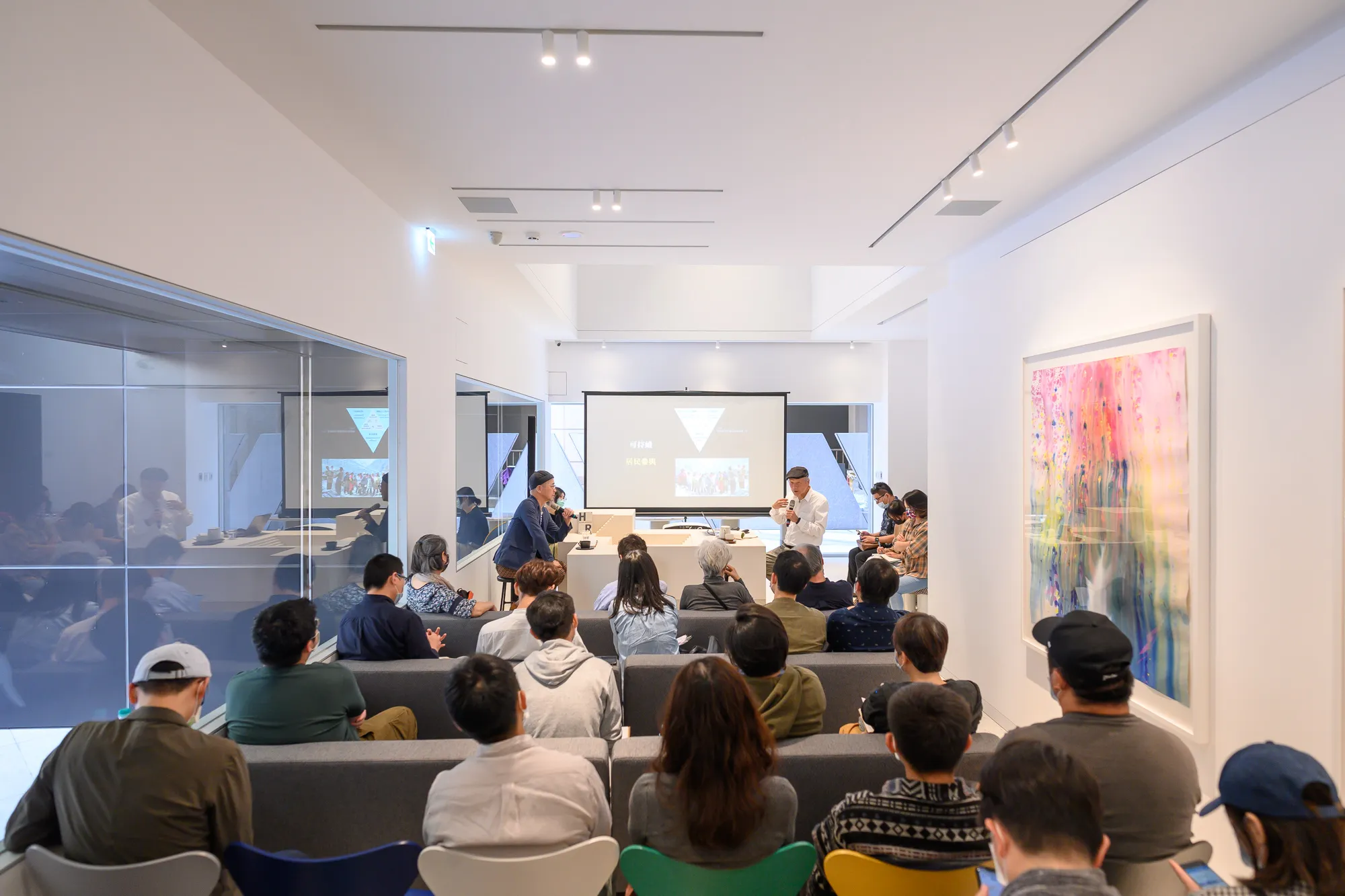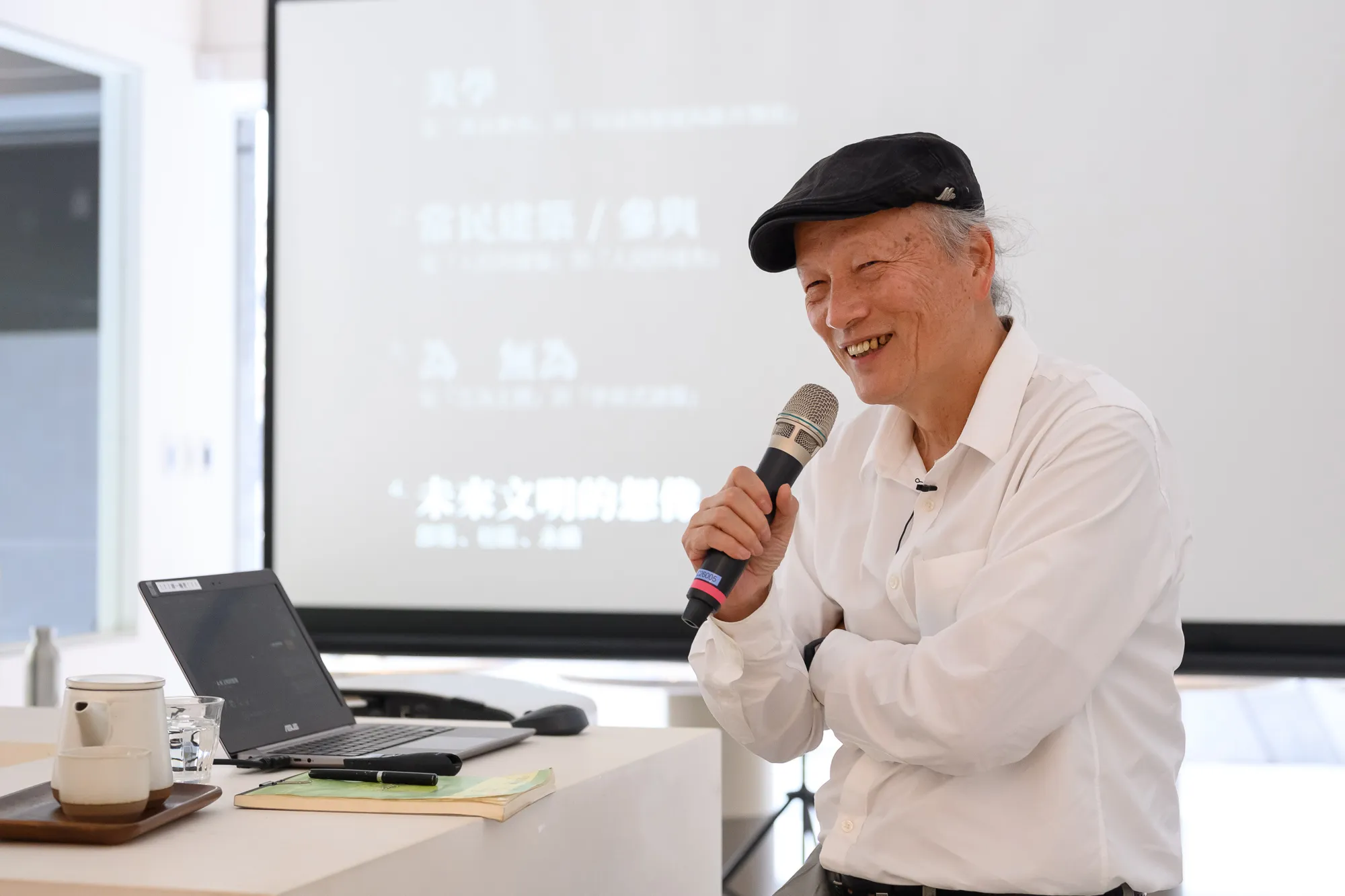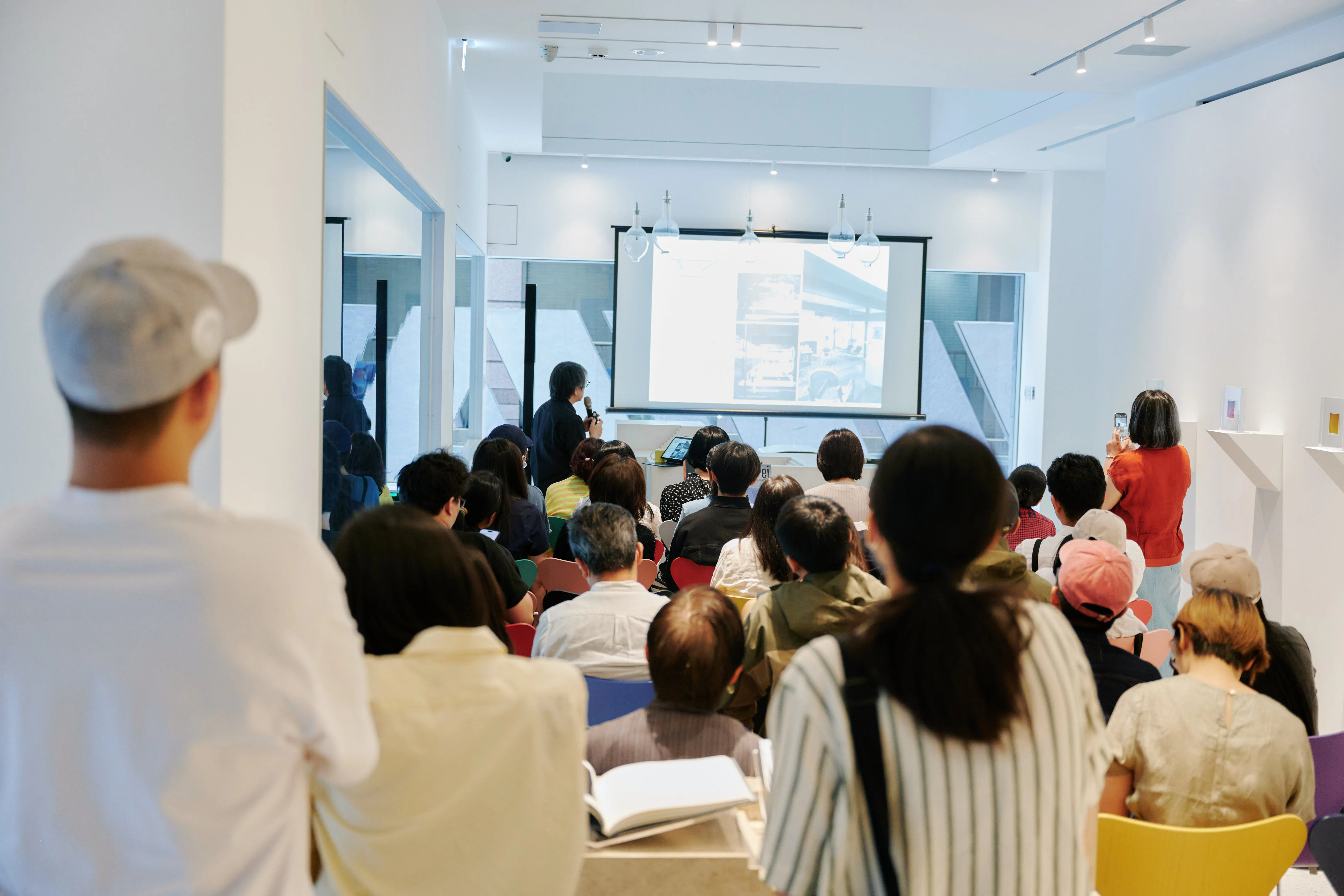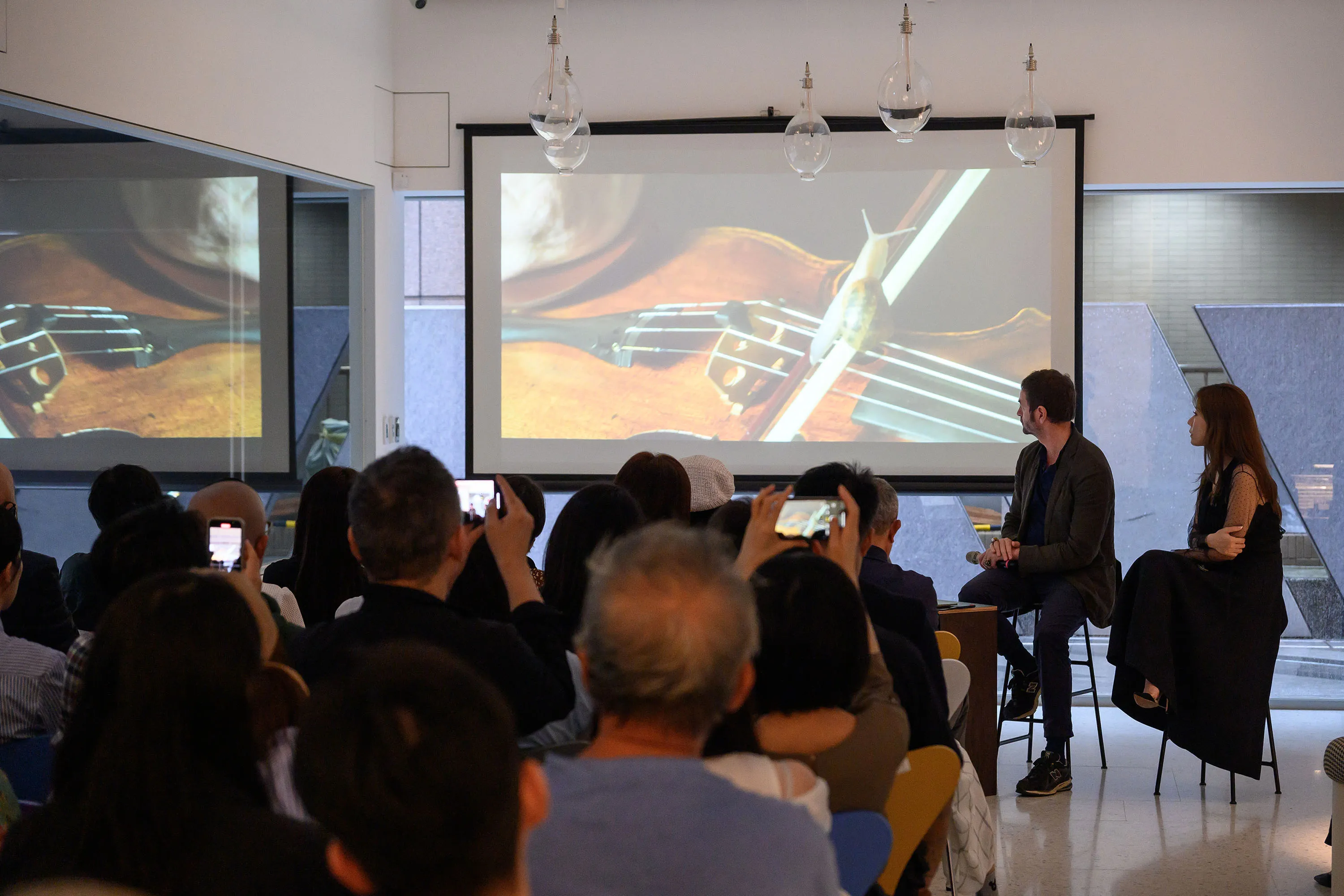
Architecture Salon| Can Architecture Save the World?—Imagination of Future Civilizations: Tribes, Communities, Sustainability
Speakers
Tse Ying Chun 3rd Architect of Building Studio
Nguyen Ching-Yue Architect, Curator, Writer
locations
Wen Shin Art Center (No. 6, Lane 10, Lane 180, Section 6, Section 6, Minquan East Road, Neihu District, Taipei City)
Session
3/06 AESTHETICS: FROM “SHENZHIZIDI” TO “LIKE THIS KIND OF ASTHMA AND IMASHIROGAKI”
3/13 Civilian Architecture: From “People's Buildings” to “People's Cities”
3/20 Yes/None: From “Mutually Entity” to “Participatory Architecture”
◆ 3/27 Imagining Future Civilizations: Tribal, Community, Sustainability
processes
Topic Sharing: 45 minutes
Conversation: 45 minutes
QA: 30 minutes.
fees
One lecture is $500, four-course package is $1800. 20% discount for students with student ID card (valid student ID must be presented for admission)
This event can be purchased at the bookshop with an invoice and a discount on the day book store is 150 yuan
Event Content
After the Great 921 earthquake, Xie Yingchun and the Shao tribe rebuilt their homes. Xie Yingchun not only led fundraising and construction, but also persisted in this mechanized world. He still uses low-tech methods to respect the weak workforce, regardless of men and women. He believes that all individuals and families can help each other. Build your own home.
Using his experience in building construction in this earthquake, Xie actively entered the impoverished countryside of China, helping farmers in need of housing to build their own homes. After the 2008 Wengchuan earthquake, the mountains of Mao County, which are mostly Tibetan, Qiang, and other ethnic minorities, carried out the reconstruction of more than 50 Yangliu villages. After the Wengchuan earthquake in 2008, the Qian people participated in the construction of more than 50 people. Build and restore or perpetuate original beliefs, rituals, and the autonomy of the inhabitants as a primary goal of architecture.
The most fundamental difference between Hsieh Ying Chun and other architects is that while using industrialized building methods, they avoid reliance on high technology and special materials, stick to a simple process of materials and construction, and try to obtain natural ecological materials from the vicinity, such as stone, bamboo, etc., in a simple, low-tech way. A smart, cheap, and mutually supportive way to encourage people to cover their homes. In addition, allowing users to participate in covered houses not only saves construction costs, but also enables vulnerable people to build self-esteem and confidence by participating in the construction, but also critiques and solutions to the current phenomenon of overly capital- and technology-driven construction through this practical building system.
When star architects are now considered the meaning of architects, Xie Ying-chun's appearance and work not only made people rethink the social significance of architecture, but even wonder if architecture can save the world.
Event Review
We try to scale up the history of architecture and find that for thousands of years, humans have lived in a tribal way for most of their time. Tribes can be said to be the mother of human civilization, but we have long forgotten their core spirit after we have become accustomed to the modern value system. Thanks to the fact that the deliberations of traditional settlements are more than half narrow and crowded, embodied in “compromise”, in a space where no one can walk away without listening to the opinions of others; the true core of democracy should also be “respect for the few”, and modern society is not ego-centric. Nostalgia. In addition to this, “cherishing resources” is also characteristic of the tribe, for example, the Shao people have a tradition of opening traps in the ritual of hunting (Muribus) so that animals do not get trapped in the trap during the hunting season, taking undeserved lives. Xie further pointed out that in order to solve the problem of human life, it is necessary to think about what kind of civilization can be sustained. That is, “Sustainable Architecture” is not only green architecture, but also technology is about social structures and lifestyles. At the end of the four salons, we gradually came to know the path that Xie Ying Hun had made with “technology,” a path that was intertwined with idealized beliefs and countless executive experiences, and a social reality that was difficult to overcome; sometimes chaotic, sometimes inspiring, but more than a glimmer of hope in humanity. If building can change society, is there a chance to save the world?
